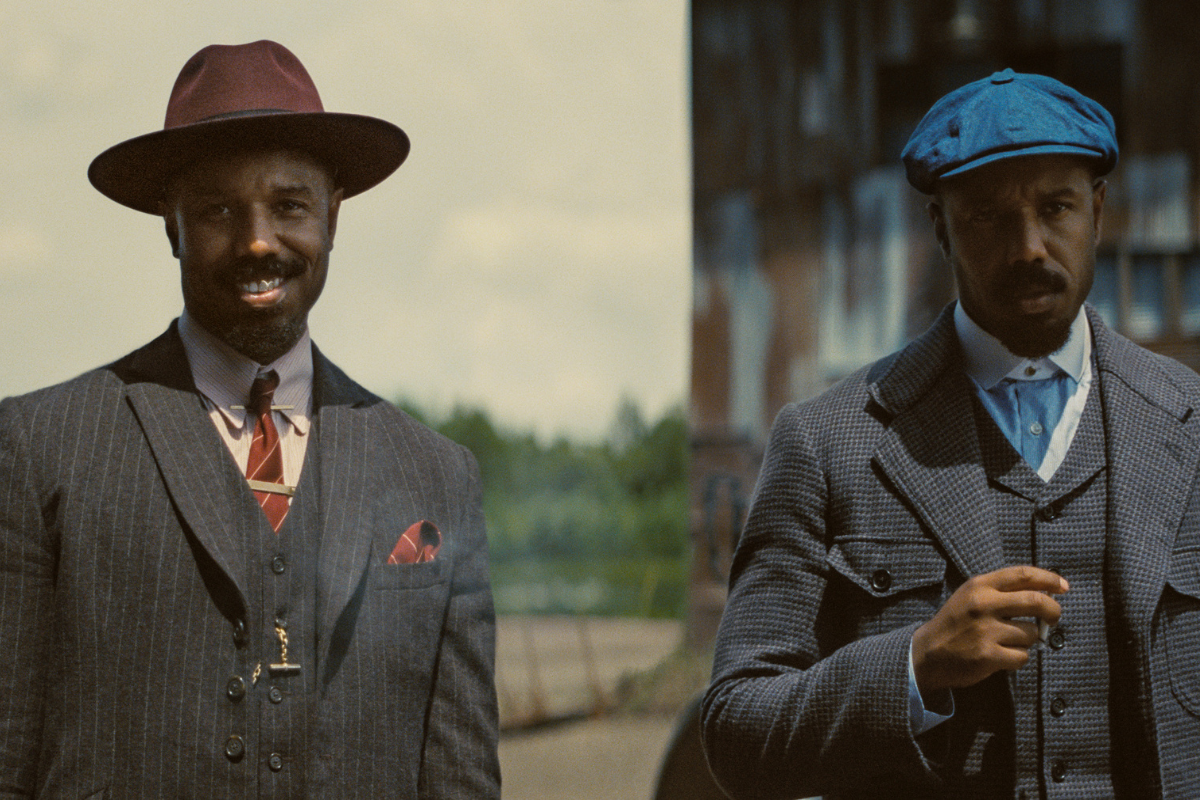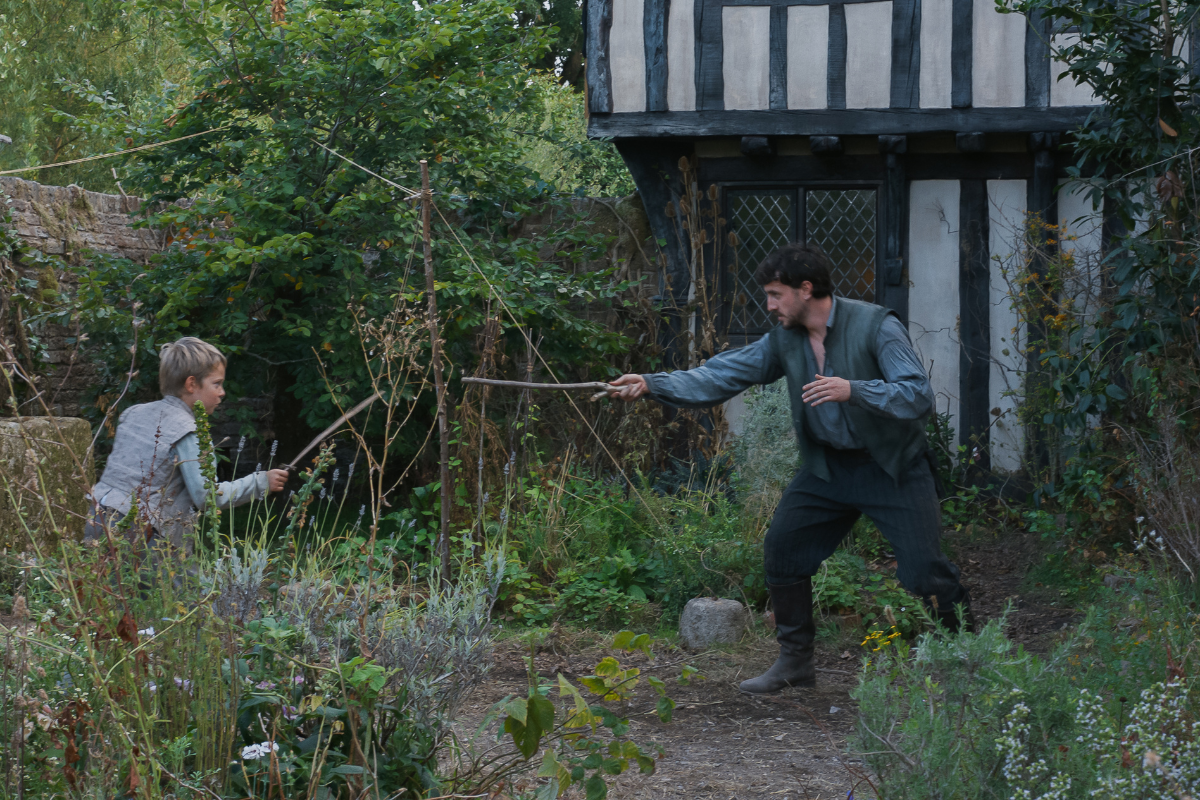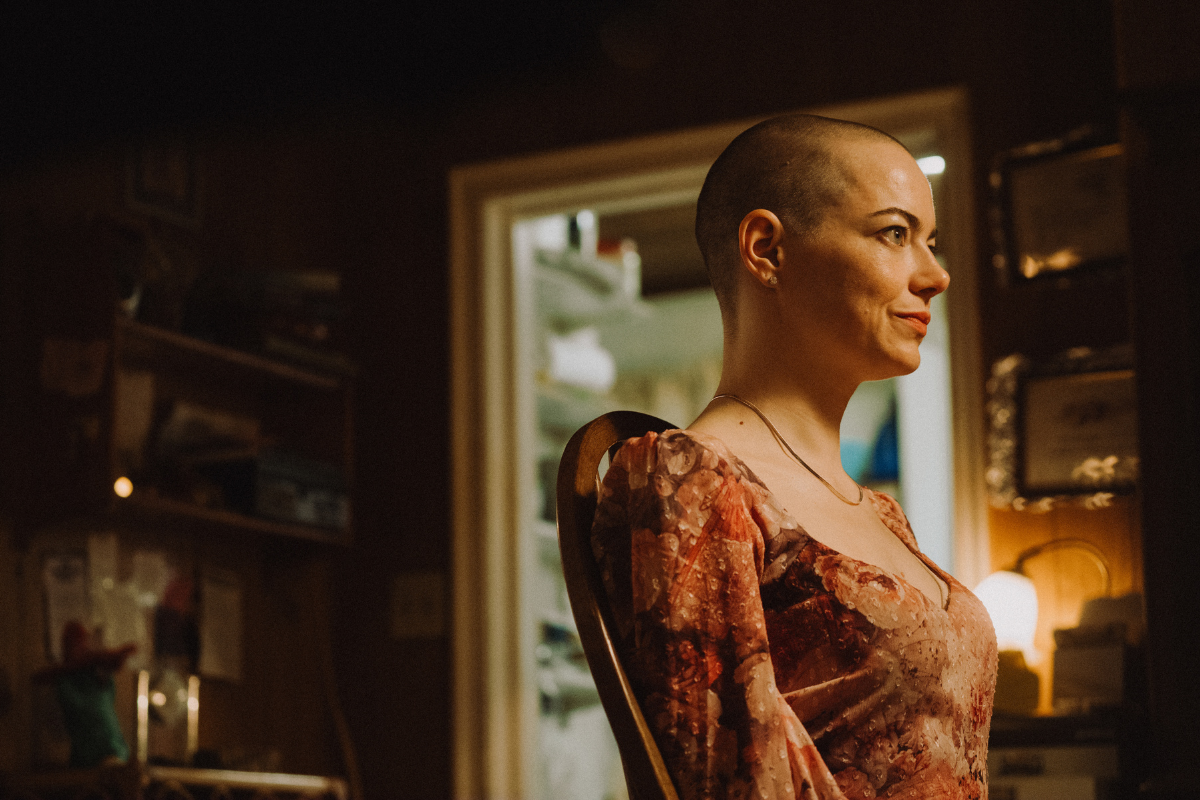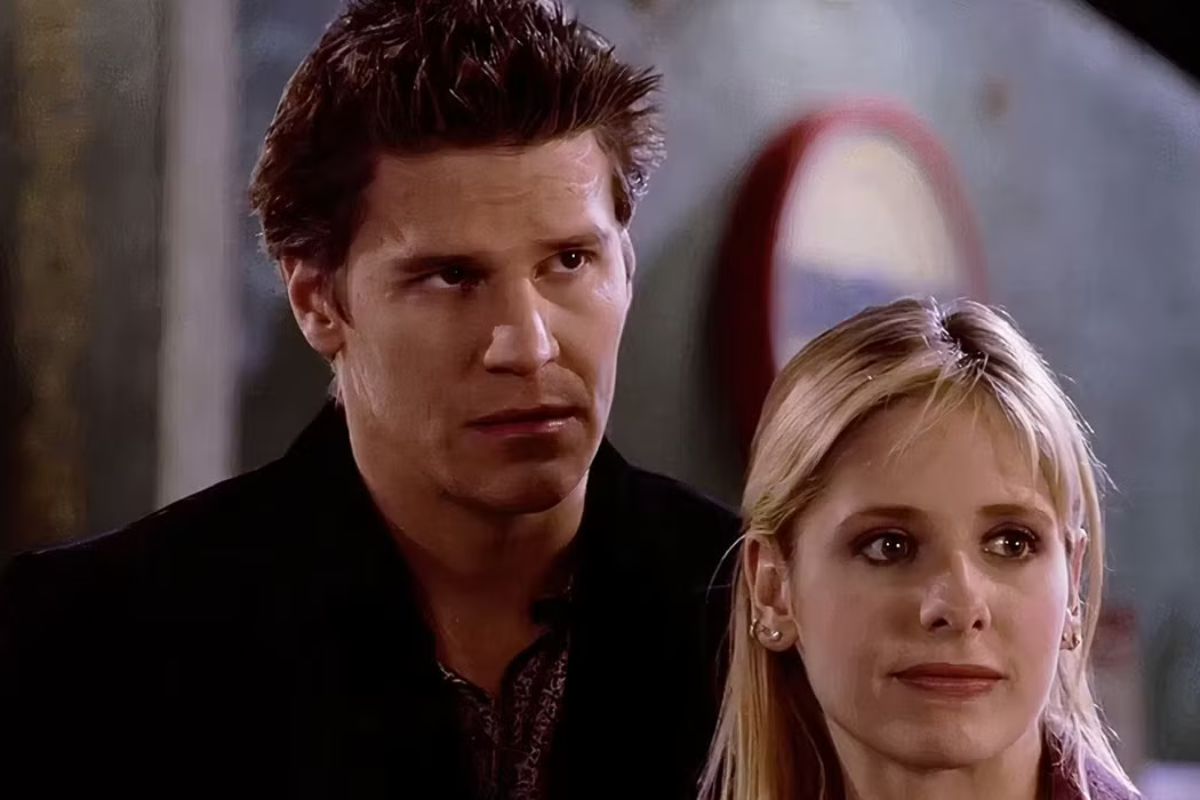Storytelling Strategies: Zero Dark Thirty’s Expiration Date
Is it possible to tell which films will endure and which won’t? Some movies stand the test of time, while others get a lot of attention, then seem dated when…
Is it possible to tell which films will endure and which won’t?
Some movies stand the test of time, while others get a lot of attention, then seem dated when viewed later -- more likely to evoke head-scratching than accolades.
The key to telling which is which comes down to two issues: one, whether or not a film depends for its impact, to a significant degree, on audience knowledge of current events, and two, whether or not the film itself appeals to themes that go beyond those current events to more universal concerns.
Zero Dark Thirty is a highly acclaimed film, with 93% on the Tomato Meter as of this writing and Oscar nominations for Best Picture and Best Screenplay, and has been a box office success.
And it has all the earmarks of a head-scratcher in the near future.
Exposition: AWOL
On the first point -- dependency on audience knowledge of current events -- one need only look at how the storytellers (screenwriter Mark Boal and director Kathryn Bigelow) handle exposition, i.e., conveying the context in which the story takes place, and prior events leading up to it.
In brief: there isn’t any.
It’s billed as the Greatest Manhunt in History, but the man in question is never seen except for a few glimpses when he is killed and while he lies in his body bag. He has no scenes, no lines of dialogue, and serves essentially as a prop. As to his backstory, the film opens with the voices of 9-1-1 operators talking to victims of the World Trade Center attack, but the audience is given no other information about the deed that made this man the target of this greatest manhunt and which provides the motivation for the principle American characters.
The audience is expected to fill in the details left out by the filmmakers, not to mention the emotional content, presumably drawn from their own horror-filled recollections of that day. Strip away this audience knowledge/experience -- which will fade soon enough (as of this writing, the first wave of the 15-24 year old demographic is too young to remember 9/11) -- and the film will instantly suffer from a certain incomprehensibility.
The box office success of Zero Dark Thirty affirms the storytellers’ choice, but in choosing to rely so much on what CNN told the audience rather than creating a self-sufficient world within the film, they missed opportunities to delve more deeply into the motivations of the characters -- particularly the main character -- to tap into concerns that go beyond the latest headlines.
External Deadline
The storytellers also count on audience knowledge of a much more recent event -- the successful operation to locate and kill Osama bin Laden in 2011. This foreknowledge provides a deadline -- or “ticking clock” -- that helps to create anticipation otherwise lacking through the first two-thirds of the film. But strip away this foreknowledge and the film takes another hit.
For example, detective stories tend to have a strong cause-effect pattern as the protagonist(s) gather clues, create hypotheses, pursue leads, overcome obstacles, and repeat the procedure till the mystery is solved or objective achieved. In Zero Dark Thirty, the “detective” portion of the film meanders from continent to continent across a decade, punctuated occasionally by explosions, but little progress is discerned until, in a kind of deus ex machina moment, a clue is brought to the main character by an hitherto unknown underling. It’s not even clear that the torture tactics -- the most controversial aspect of the film -- are effective in providing leads.
It’s worth noting that even with the help of the deadline, the storytellers resort to occasional intertitles to stitch the narrative together for the first two thirds of the picture; these disappear when the more traditional cause-and-effect pattern kicks in (pursuing the courier and attacking the compound).
What makes it work for current audiences is that, despite the haphazard nature of the storytelling, they know before the movie begins that bin Laden’s days are numbered and they can be confident they’ll see his demise before the end. Remove the foreknowledge and such confidence disappears, and the film’s storytelling weaknesses are exposed.
Theme: AWOL
On the second point of what provides an enduring film -- themes that go beyond the current events portrayed in therein -- Zero Dark Thirty likewise suffers. It’s actually difficult to discern the theme of this picture -- beyond, perhaps, bad guys eventually pay the ultimate price. Since in human life that’s not a universal experience, it’s hard to see it resonating beyond its historical context. The film does not even seem to take a stand on the use of torture. Approve? Disapprove? Qualified approval? Sometimes okay? Never okay?
Theme is often delivered through the main character and his or her character arc, or transformation in awareness about a universal truth. Here, the storytellers made a choice that undermines any chance of using the main character to serve this function.
They chose to make the main character a woman.
That’s not a problem, obviously, unless the first third of the film in question deals with harrowing torture being conducted by the good guys, and the last third portrays with a military operation. Women don’t do harsh interrogation, and they don’t serve as Navy Seals, so Maya, the main character, is effectively sidelined for a critical two thirds of the picture. Because she is thus sidelined, it’s hard to use her to carry a theme.
For example, let’s say the film is attempting to take a position on the moral aspects of the use of torture. If the main character is doing the torturing at the beginning, and in the end is involved in killing bin Laden, there are opportunities to explore this through his changing awareness. Perhaps the main character has to defend the use of torture to superiors and faces doubts but is vindicated in the end when clues derived through torture pay off. Or perhaps the main character comes to realize the victims of the torture were actually innocent and thus the triumph in the end is bittersweet, or perhaps it was necessary but the main character pays a price in the form of lost humanity.
These possible themes and more could be explored -- and lend the film meaning beyond current events. But not, in this context, if the main character is a woman.
Because Maya is not actually initiating, conducting, or supervising the harsh interrogation techniques, she doesn’t bear moral responsibility for them. And forget about having her actually engage in torture -- having her beat and starve a male prisoner and make him defecate in his pants would strain credulity and cost her the sympathy of the audience. She’s thus relegated to the role of an outsider looking in, even as she becomes involved in the questioning. And of course in the final military operation she’s relegated to the waiting room. If she has any regrets in the end, they’re hidden from us behind some enigmatic tears.
By way of contrast, consider how the film would play if the storytellers had chosen a man as the main character -- for example, Dan -- who, owing to his active role in the first part of the film, is easy to mistake as the main character initially. He’s the one doing the harsh interrogation, and he could credibly go along with the military operation in the end (and the surveillance before that), and he could also be an investigator during the middle part of the film. He is thus in the perfect position to serve the function of theme.
Ultimately, the decision Boal and Bigelow made to plug the storytelling so completely into current events has paid off in terms of critical and box office success, and that’s a battle any filmmaker has to win. But it’s easy to see how reconsideration of some crucial storytelling choices could have resulted in opportunities for a deeper, richer and more enduring picture.
Related Articles:
- Argo's Effective Use of Creative License
- Specs & The City: Unreliable Narrators and (500) Days of Summer
- The First 10 Pages of a Screenplay
Tools to Help:
Paul Joseph Gulino is an award winning screenwriter and playwright, whose credits include two produced screenplays in addition to numerous commissioned works and script consultations, and his plays have been produced in New York and Los Angeles. He taught screenwriting at the University of Southern California for five years, and since 1998 has taught at Chapman University in Orange, California where he is an associate professor. He has lectured and given workshops in the U.S. and Europe and recently guest-lectured at Disney Animation in Burbank. His books include Screenwriting: The Sequence Approach and The Science of Screenwriting: the Neuroscience Behind Storytelling Strategies, co-written with psychology professor Connie Shears. His web site is www.writesequence.com.







